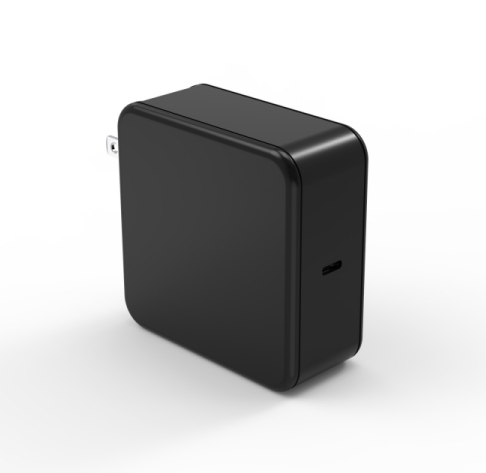USB-IF released the PD1.0 (Power Delivery 1.0) architecture on July 5, 2012, which shocked the market at the time. However, due to the lack of strict communication, there were cases of burning (host/power supply, device/power receiving). Therefore, USB-IF started to formulate more stringent specifications, and released the PD2.0 specification on August 11, 2014 and the PD3.0 specification on December 11, 2015. As device power demands continue to grow, the USB-IF Association released the latest updated USB PD3.1 fast charging standard specification on June 2, 2021. The USB PD 3.1 specification came into being, marking an important milestone in the USB PD standard.

USB PD 3.1 is a major upgrade of USB PD 3.0, with improvements and expansions in the following key areas:
1. Extended Power Range (EPR)
The most significant enhancement in USB PD 3.1 is the introduction of Extended Power Range (EPR), which enables USB PD chargers to increase charging power from 100W to 240W, supporting a maximum voltage/current power output of 48V/5A. This improvement means that more high-power devices, such as high-performance laptops, gaming laptops, monitors, and even some small home appliances, can now be charged via USB PD.
2. New voltage options: 28V, 36V, 48V
The three voltages of 28V, 36V, and 48V added by the USB PD 3.1 specification belong to the extended power range. The maximum output current corresponding to the three voltages is 5A, and the maximum output power can reach 240W. It significantly expands the negotiation range between the charger and the powered device. These higher voltage options support the demand for extended power range and maintain lower current at higher power output, thereby improving charging efficiency and reducing heat.
3. Intelligent power negotiation
The USB PD3.1 standard also adds three sets of adjustable voltage levels (abbreviated as AVS) in the extended power range, namely 15V-28V 5A, 15V-36V 5A, and 15V-48V 5A. The minimum voltage regulation step of AVS is 0.1V. USB PD 3.1 continues the intelligent power negotiation mechanism, allowing dynamic power negotiation between the charger and the powered device to ensure that each device can obtain the best charging power. This flexibility enables one charger to provide the best charging performance for a variety of devices.
Application scenarios of USB PD 3.1
With the introduction of USB PD 3.1, its application scenarios have become more diverse, covering not only traditional smartphones, tablets, and laptops, but also extending to more areas:
1. High-performance laptops and desktop devices
USB PD 3.1 allows charging at 140W, 180W, and even 240W. Many high-performance laptops and desktop devices require more than 100W of power and can now be charged through USB PD, reducing dependence on dedicated power adapters. This is a significant advantage for users who need high performance and high mobility. In addition, it simplifies and greatly improves the user experience by enabling a universal charger for multiple devices.
Based on the combination of the fifth-generation GaN5 Pro technology solution and the new standard, we have increased the power of GaN fast charging chargers to 140W. This is why the 140W single-port charger is designed for this purpose.
2. Gaming devices and monitors
As tablets become more powerful and capable of laptop-level workloads, they often require more than 100W of power for fast charging while in use. Gaming laptops and high-resolution monitors also often require higher power input. The extended power range of USB PD 3.1 enables these devices to be conveniently charged via USB PD while reducing cable complexity.
3. Industrial and medical devices
Many industrial control panels, diagnostic tools, or portable medical devices require more power than previous USB standards can provide. The high power capability and flexibility of USB PD 3.1 make it widely used in these areas, especially in scenarios where portability and efficient charging are required.








